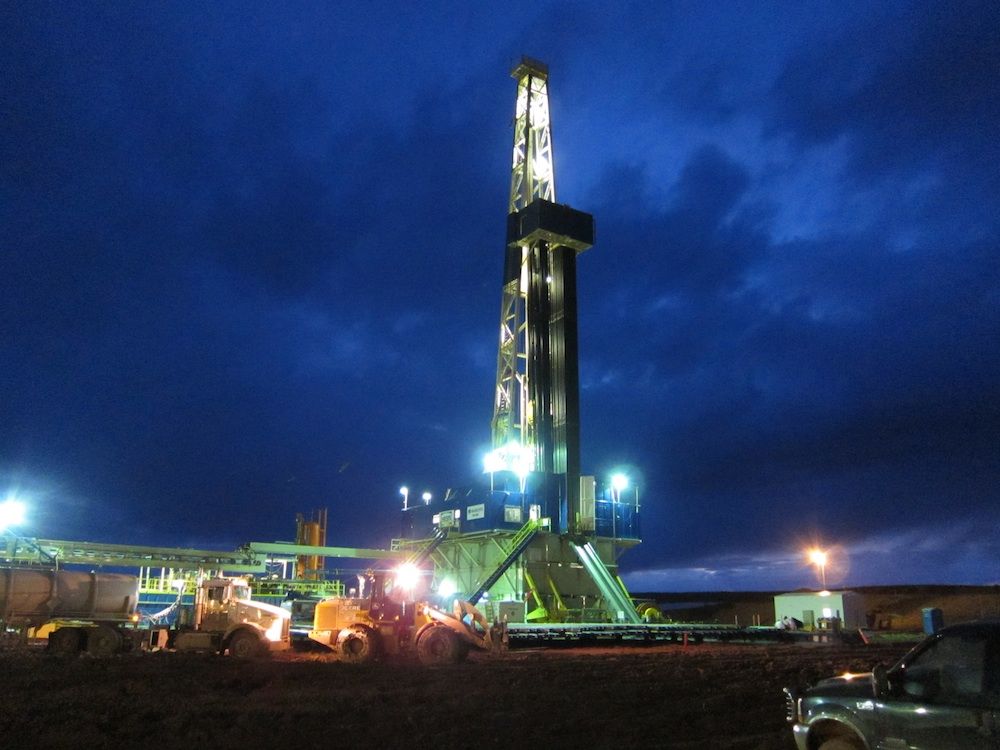Fracking Earthquakes: Injection Practice Linked to Scores of Tremors

Earthquakes triggered by fluids injected deep underground, such as during the controversial practice of fracking, may be more common than previously thought, a new study suggests.
Fluid injections into Earth are not uncommon. For instance, in hydraulic fracturing, or fracking, water, sand and other materials are injected under high pressure into a well to fracture rock, opening fissures that help natural gas flow out more freely. Fluid-injection operations are also used to help get power from geothermal energy, and to dispose of waste.
However, researchers have long known that fluid-injection operations can trigger earthquakes. For instance, in 2006 one geothermal energy site triggered four earthquakes in Basel, Switzerland, ranging from 3.1 to 3.4 on the Richter scale. Fracking also appears linked with Oklahoma's strongest recorded quake in 2011, as well as a spate of more than 180 minor tremors in Texas between Oct. 30, 2008, and May 31, 2009.
It remains unclear why some injection wells set off earthquakes whereas others do not. To find out, seismologist Cliff Frohlich at the University of Texas at Austin analyzed seismic activity in the Barnett Shale of northern Texas between November 2009 and September 2011 and compared the properties of injection wells located near quake epicenters. He relied on mobile seismometers deployed as part of the EarthScope USArray program over an approximately 23,000-square-mile (60,000 square kilometer) area.
Frohlich identified the epicenters for 67 earthquakes — more than eight times as many as reported by the National Earthquake Information Center — with magnitudes of 3.0 or less. Most were located within a few miles of one or more injection wells, suggesting injection-triggered quakes might be more common than thought.
"We found a lot of events that weren't getting reported," Frohlich told LiveScience.
A third of the quakes clustered into eight geographic regions. All of the wells nearest the epicenters within these areas reported high rates of injection exceeding 150,000 barrels (17.6 million liters) of water per month.
Sign up for the Live Science daily newsletter now
Get the world’s most fascinating discoveries delivered straight to your inbox.
Still, Frohlich noted the Barnett Shale hosts more than 100 wells with similar injection rates that experienced no nearby earthquakes during the time he studied them. He suggests that fluid injection may trigger earthquakes only if fluids reach and relieve friction on a nearby fault.
Frohlich said he would like to investigate fluid-injection operations in other areas, such as the Eagle Ford Shale in Texas, the Bakken Shale in North Dakota, or the Marcellus Shale on the U.S. East Coast, "and see if we see the same type of thing or not, and if there's a cutoff in terms of what volume of fluid injection might cause quakes."
Frohlich detailed his findings online Aug. 6 (today) in the journal Proceedings of the National Academy of Sciences.
Follow LiveScience on Twitter @livescience. We're also on Facebook & Google+.












